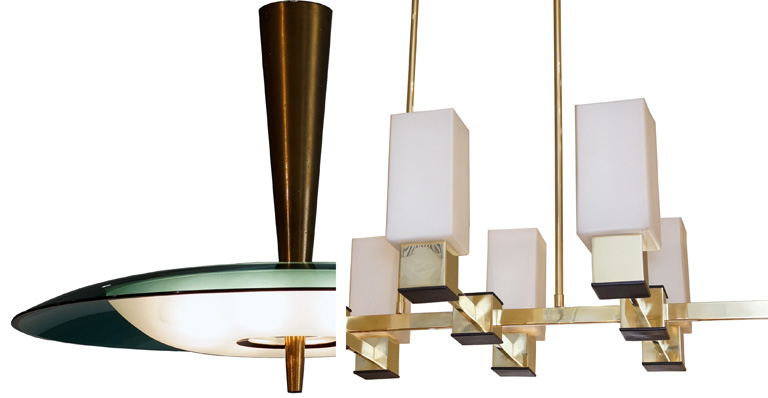What’s the Value of Patina in Mid-Mod Antiques?
Published on: By Gail Garlick

Back in the 70s, I was dealing in 18th and 19th century American antiques. I was fortunate to live in Columbia County at a time when six or seven couples, all up and coming Americana dealers, were living there, too. Every one of them went on to become prominent dealers. Back then, we were all learning from each other. It was school. Antiques dealers examine construction methods and materials, they look for marks of use, observe shrinkage and color. Knowing what to look for allows you to piece together the story of each individual piece. This specialized looking allows you to determine if a piece is genuine or not. I still smell potential purchases for telltale scents of refinishing. And, I always look under a piece for signs of fly poop. Yup! It’s a dead give away—if there’s no fly poop, there’s something wrong. This kind of investigation is not something you learn quickly or get in a book. Learning how to judge a good example, a better example or the best of it’s class, is a hands-on type of knowledge. You need experience to know the best and to know what’s common. For a good dealer, that learning never stops.
All this is to say, I come to vintage mid-mod design with an antiquarian’s point of view. By the mid 70s, in the Americana field, we had already determined that pieces stripped of their patina were ultimately worth less than those found in original, untouched condition. Without the original patina, many signs of history were lost and it became more difficult to determine what was real, what was fake, what was restored, and to what extent. Further, a piece could be old but have major or minor replacements and repairs. Refinishing could cover over differences between old and new elements.
Whenever possible, I prefer to leave things as I find them. These things are old and wear their history proudly. I’m tolerant of some scratching, dents, or other signs of age, preferring real patina to a skinned piece. That said, the modern market in which I buy and sell, has multiple layers of enthusiasts, not all of whom want original patina. So at times I have something refinished. I try to replicate an older color rather than make it look factory fresh. I’m honest about the restoration, so the buyer knows what the’re buying. But if you ask me what’s more valuable, I would say it’s always the piece in beautiful original condition.

Besides the value of intact history, I enjoy the warmth of patina—a reflection of everything that has happened to an object, all the hands that have touched it. I don’t want my personal pieces to be shiny and new. Details are warmer, softer and continue to age gracefully with original patina. Original surface adds character to a room.
Many years ago I was invited to a home in New Hampshire, filled with Edward Wormley for Dunbar furniture. The home had a lot of ordinary, not very salable pieces—at silly prices. I was just about to leave when I asked if there was anything else. The owner of the house said, “just a couple of tables in the basement, but I don’t think you’ll be interested”. I went downstairs and found a lovely pair of Edward Wormley for Drexel tables. I bought them and brought them home. They had aged to a beautiful honey color. I wiped them off and placed them on either side of my sofa in the living room and placed a pair of James Mont Silvered Lamps on top. I’ve never refinished the tables and I never would have bought the lamps had they been refinished. But that’s just me.

